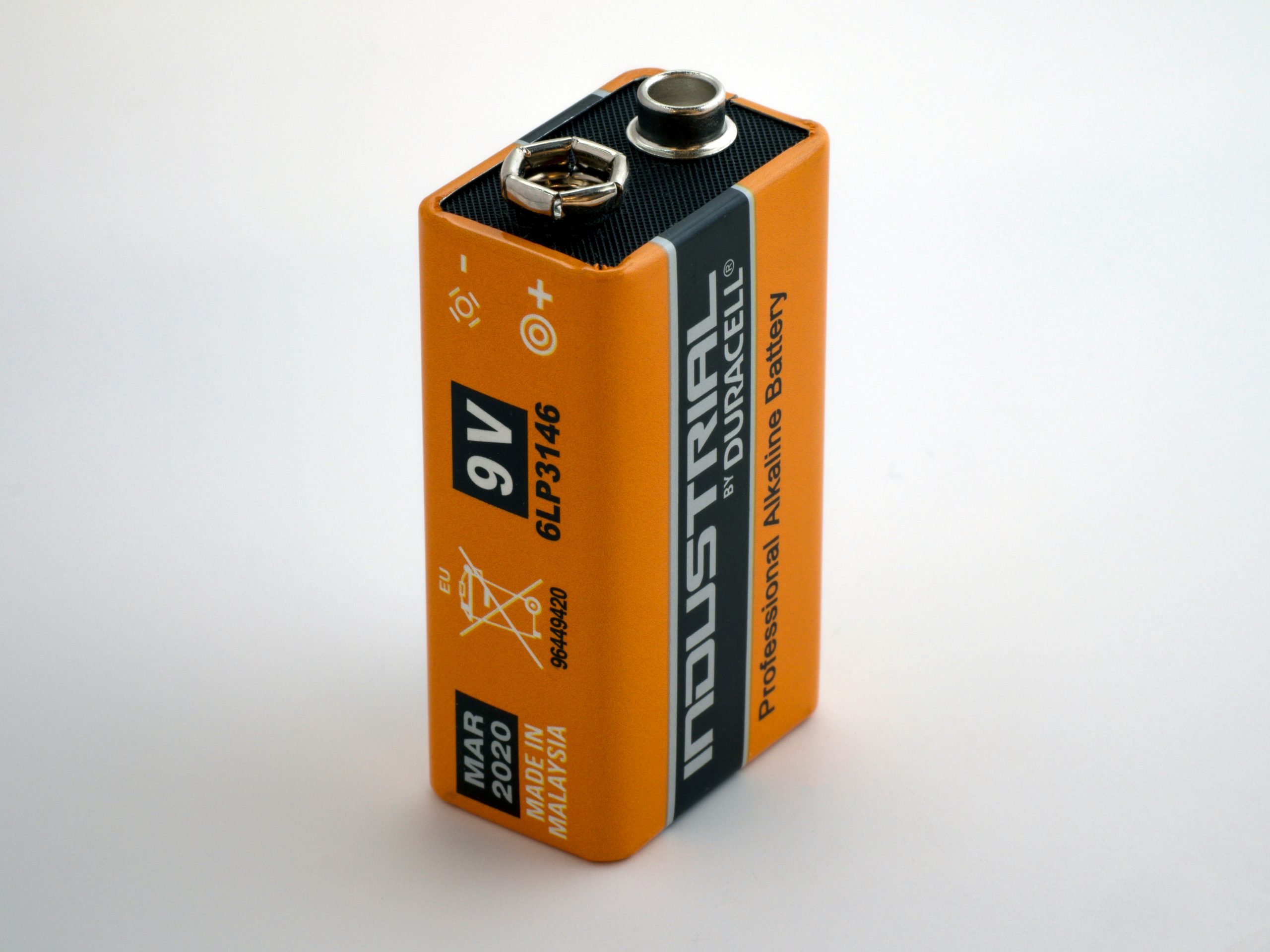Instead of developing technologies and methods to allow super-fast battery charge that comes with its own inherent risk, why not develop a modular swappable EV battery system that is modular for all EVs manufacturers? Here’s why we should and we can:
Convenience
Imagine being able to swap out your depleted EV’s battery instead of finding fast chargers and wait for 45 minutes up to an hour for a fully charged battery. Charging stations will be outfitted with automated battery swappers to make seamless, uniform, safe and quick battery swap. The tech for the automation would need to be researched and agreed among manufacturers, the batteries should be charged anywhere between 85% to 90%, and the investments for the automations and stations would run on the same business model as current petrol stations.
Sustainable
Googling immediately shows it isn’t sustainable but we are at the infancy of battery technology, or power storage. There are different reports showing the battery mineral mining is difficult, here and here. However we are still at the early stages of researching and developing alternative means of energy storage. One of the newer concepts being the invention of a liquid isomer that can store and release solar energy.
Here’s to more development and discoveries in the future.
Setup
Easy: modular design of batteries unit
Hard: getting all EV manufacturers to align and agree on modular battery system
Implementation: international consortium. To avoid a situation of EU vs American vs British power plugs, all batteries around the world should conform to the modular design. This is to avoid waste and variations and also complexity in design. Ideally the cost of adapting the modular batteries should be on the manufacturers to ensure commercial viability for battery producers and manufacturers.
Business Model
There are two costs here to consider:
- Battery units themselves
- Cost of charging them
Let’s talk about the cheaper one among the two – cost of charging the batteries, i.e. electricity. Now all stations built should have alternative power generators attached to them, or nearby. Solar plant, wind power generator, waves even if location is conducive to supplement the power needed to charge the batteries.We could also get into another part of the model of where drivers can have their own solar panels hooked back to the grid and offset their cost there, similar to how things are done in EU.
Now cost of batteries.
It would not make sense to adopt the standard model of paying for the battery unit (charged), similar to buying AAA batteries in the store as each EV requires about USD 20k – 35k worth of battery. Such high one-off costs would be prohibitive for mass adoption. EV costs are high as it is, to make such a system work, the cost system for modular battery should be affordable for everyone, not just Tesla owners but all EV owners.
To make this work the cost of the modular battery system can be managed through a subscription model where the main cost of the system is spread across a fixed period, or recalculated where the subscription fees can pay off the partial cost of the batteries.
It’s crucial that there is transparency to ensure that every cost, maintenance and battery system management is provided up front and not hidden in legal statements and T&Cs to ensure there is buy-in for a well-established, fair, and decent business model for battery subscription fees.
We need a system and model that not only works as in first world countries but also developing ones. We are out of time and everything new that we are developing, building, making must contribute to the betterment of the world.

